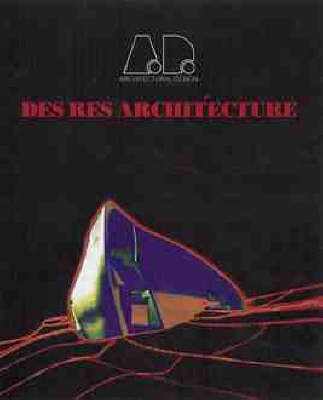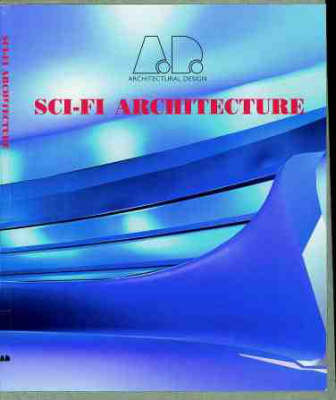Architectural Design S.
1 primary work • 3 total works
Book 69
Minimal architecture as practised today reflects the desire for a reductivist way of life, a search for calm and tranquil environments, and a desire to rid life of unnecessary clutter. Designers who follow this design format have their theories rooted in those of the modern movement and the discussions about the validity of this source go on and on in architectural circles. This follow-up to the issue of "Architectural Design, Aspects of Minimal Architecture", features leading architectural designers John Pawson, Claudio Silvestrin, Deborah Berke, Richard Gluckman, David Chipperfield, Eduardo Souta de Moura, Peter Zumthor, and Herzog and de Meuron. This issue of "Architectural Design" not only presents the designs which can evolve, but also describes the challenges faced by designers in developing this type of work.
v. 69, no. 1/2
This volume exposes the cutting edge of the architectural design of desirable residences. It explores the challenging opportunities which have resulted in some of the world's most exciting buildings. When an architect has a private client he/she is sometimes able to push the boundaries considerably further than with a public client; therefore the designs can be much more daring. Historical examples include the Eames House; Frank Lloyd Wright houses; Palladian villas and the Schroeder house. Featured examples include the work of McDonald & Kolatan, Alberto Campo Baeza, Mark Mack, Agrest & Mandelsonas, Studio Granda, Ron Arad, Nigel Coates, Ricardo Legorreta and Richard Meier. The contents of the publication include an essay which puts the nature of private client design in an historical context, as well as other influential pieces on how the reader, too, could own a designer house. Exclusive examples from across the world are featured. This issue will appeal to both architects and interior designers.
v. 69, no. 3/4
This volume focuses on the possibilities for our future built environment. Featuring the edited manuscript from a symposium at the Royal Academy of Arts which debated the use of high technology in architecture, it presents the visions of the future alongside the material possibilities. Crossing some of the greatest architectural thinkers of our time alongside the most advanced practitioners and experts from technical fields in order to seriously explore the area of fact and fantasy in architectural design, the debate includes Jean Nouvel, Robert Maxwell, Charles Jencks, Iann Barron, Tony Hunt, Norman Foster, and Ian Ritchie The text addresses what our built environment will look like in the future and explores the technology integrated into building design. It features the work of many inspirational engineers as well as architects.


